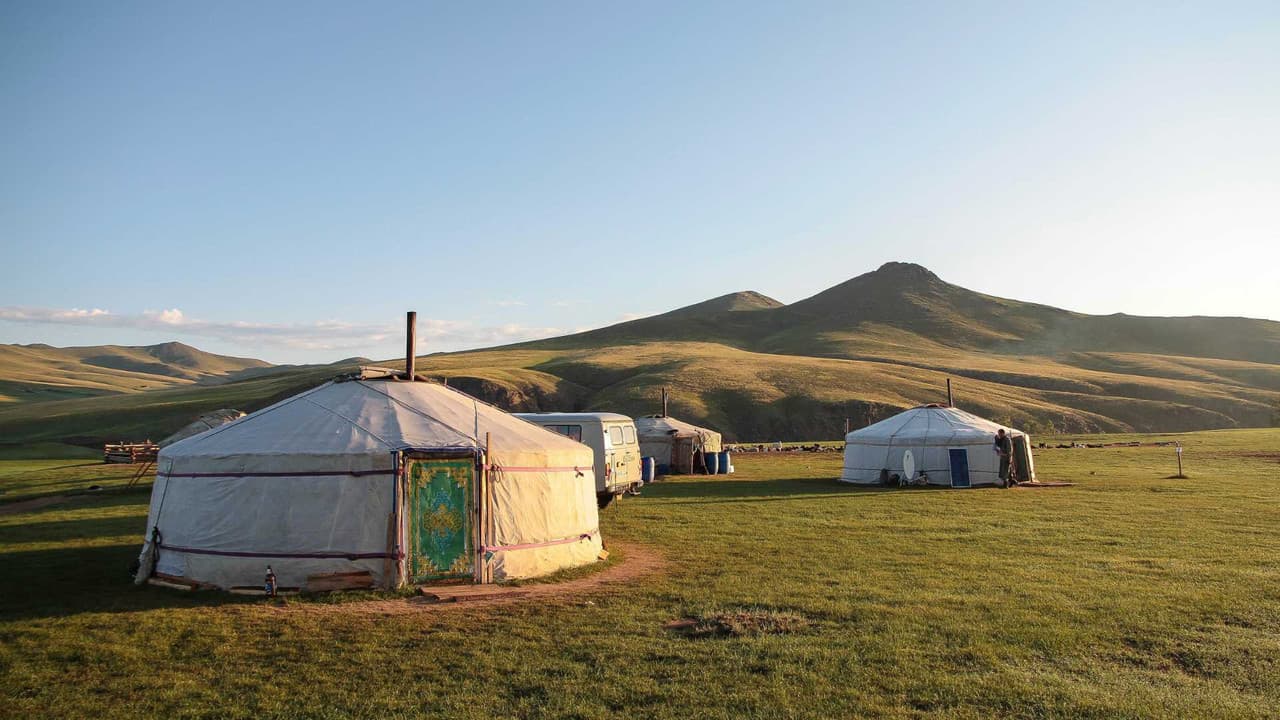Navigating the recruitment landscape in Mongolia in 2025 requires an understanding of its unique economic drivers and evolving workforce. As the country continues its development, particularly in key sectors, the demand for skilled professionals is shaping hiring strategies. Companies looking to establish or expand their presence need to be aware of local nuances, talent availability, and effective engagement methods to successfully build their teams.
Understanding the dynamics of the Mongolian job market, from typical candidate expectations to the most effective recruitment channels, is crucial for efficient and compliant hiring. This involves recognizing the impact of urbanization, the increasing digital literacy of the workforce, and the specific demands of industries driving economic growth.
The Mongolian Job Market in 2025
Mongolia's economy in 2025 is significantly influenced by its mining sector, which remains a primary driver of growth and employment, particularly for technical and engineering roles. Beyond mining, sectors like construction, agriculture, and increasingly, technology and services, are contributing to job creation. Ulaanbaatar, the capital, is the central hub for most professional and administrative roles, while regional centers often focus on industry-specific employment related to local resources or agriculture.
The job market sees a mix of experienced professionals, a growing pool of university graduates, and a significant number of skilled and semi-skilled workers. Typical hiring timelines can vary depending on the role's seniority and specialization, often ranging from 4 to 8 weeks from initial advertisement to offer acceptance for standard positions, and potentially longer for highly specialized or senior management roles.
Talent Pools and Skill Availability
Mongolia possesses a relatively young and increasingly educated population. Talent pools are concentrated in urban areas, particularly Ulaanbaatar, where universities and vocational training centers are located. There is a good supply of graduates in fields like business, law, and humanities. However, specialized technical skills, particularly in advanced IT, certain engineering disciplines, and specific areas within finance and healthcare, can be more competitive to find.
Candidate preferences are often influenced by factors beyond salary, including opportunities for professional development, work-life balance, company culture, and job security. In regional areas, proximity to home and community ties can also play a significant role in candidate decisions.
Effective Recruitment Methods and Channels
Recruitment in Mongolia utilizes a blend of traditional and modern approaches. Online job boards are widely used by both employers and job seekers. Professional networking, both online (e.g., LinkedIn, though local platforms may also be relevant) and through industry events, is valuable for sourcing experienced candidates. Direct applications via company websites are also common.
Recruitment agencies with local expertise can be particularly effective for specialized roles or for companies new to the market, providing access to passive candidates and navigating local recruitment practices. For certain sectors or entry-level positions, university career centers and vocational training institutions can be good sources.
Benefits of Effective Recruitment
Implementing effective recruitment strategies in Mongolia yields several key benefits. It ensures access to the best available talent, which is critical for business success and growth. A streamlined process improves the candidate experience, enhancing the company's reputation as an employer. Efficient recruitment also reduces the time-to-hire and associated costs, while minimizing the risk of poor hiring decisions that can lead to turnover and decreased productivity. Ultimately, effective recruitment contributes to building a strong, skilled, and stable workforce capable of driving business objectives in the Mongolian market.
Recruitment Challenges and Solutions
Recruiting in Mongolia can present challenges such as competition for highly skilled professionals, particularly in niche sectors. Navigating regional differences in talent availability and expectations can also be complex. Salary expectations can vary significantly based on industry, experience, and location.
| Role Category | Typical Monthly Gross Salary Range (MNT) | Notes |
|---|---|---|
| Entry-Level/Admin | 1,200,000 - 2,000,000 | Varies by industry and specific role |
| Mid-Level Professional | 2,000,000 - 4,000,000 | Depends heavily on experience and sector |
| Senior/Management | 4,000,000 - 8,000,000+ | Significant variation based on company size and responsibility |
| Specialized Technical | 3,000,000 - 7,000,000+ | High demand skills command higher salaries |
Note: These are approximate ranges and can fluctuate based on market conditions and specific company compensation structures.
Solutions involve offering competitive compensation packages, including benefits beyond base salary. Developing a strong employer brand that highlights company culture and growth opportunities is crucial. Utilizing local recruitment expertise, whether in-house or through an agency, helps navigate market specifics and access wider talent pools. For regional hiring, understanding local dynamics and potentially offering relocation support can be beneficial.
How to Recruit in Mongolia
Recruiting in Mongolia typically follows a structured process:
- Define the Role: Clearly outline job responsibilities, required skills, qualifications, and reporting structure.
- Determine Compensation: Research market rates for similar roles and define a competitive salary and benefits package.
- Choose Recruitment Channels: Select appropriate platforms (job boards, agencies, social media, networking) based on the role and target audience.
- Advertise the Position: Create clear and attractive job postings in relevant languages (Mongolian is essential, English may be beneficial for some roles).
- Screen Applications: Review resumes and cover letters to identify qualified candidates.
- Conduct Interviews: Use a structured interview process, potentially including multiple rounds and different interviewers.
- Assess Candidates: Implement skills tests or assessments if necessary.
- Check References: Verify candidate information and past performance.
- Extend Offer: Present a formal job offer outlining terms of employment.
- Onboarding: Facilitate a smooth integration of the new employee into the company.
Compliance with local labor laws throughout the process is paramount.
Choosing a Recruitment Partner
Selecting the right recruitment agency in Mongolia can significantly impact hiring success. Consider agencies with:
- Proven Local Expertise: Deep understanding of the Mongolian job market, industries, and cultural nuances.
- Relevant Industry Focus: Experience recruiting for roles similar to those you need to fill.
- Strong Candidate Network: Access to a wide pool of active and passive candidates.
- Transparent Processes: Clear communication regarding search strategy, candidate screening, and fees.
- Compliance Knowledge: Understanding of Mongolian labor laws and hiring regulations.
Evaluate their track record, client testimonials, and the specific services they offer, such as executive search, contingent recruitment, or payroll and compliance support, which can be particularly valuable for foreign companies.
Employ top talent in Mongolia through our Employer of Record service
Book a call with our EOR experts to learn more about how we can help you in Mongolia







Book a call with our EOR experts to learn more about how we can help you in Mongolia.
Trusted by more than 1000 companies around the globe



